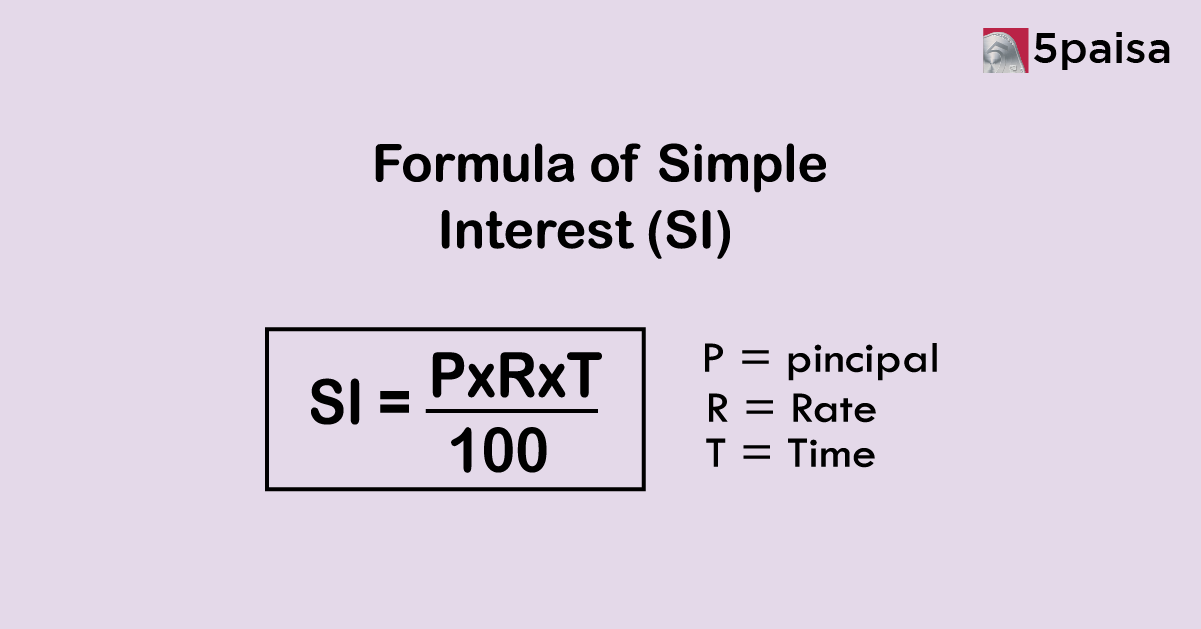Margin Scheme Under GST Explained
How to Calculate Simple Interest? Formula & Real Life Examples

Last Updated: 6th January 2026 - 05:28 pm
People often hear about simple interest in school or while dealing with banks, but when the moment comes to actually use it, many still pause and wonder how to calculate simple interest correctly. The funny thing is, it’s one of the easiest money concepts. Once you understand what goes into it, the numbers fall into place without much effort.
The idea behind any simple interest calculation depends on three things, how much money you’re working with, the time it stays invested or borrowed, and the rate you agree on. People refer to this as the simple interest formula, but you don’t have to memorise anything technical to use it in daily life. If you know the amount, the rate, and the time, you already have everything you need. It’s the reason the SI formula is used in basic banking and even in small personal agreements between friends or family.
Let me give you a more realistic simple interest example. Consider you lend a relative a fixed amount for a year. You both agree on a small percentage as a thank you return. Nothing changes after that, no extra additions, no hidden adjustments. That clarity is what makes simple interest so easy to trust. Unlike complicated calculations where interest keeps increasing every month, simple interest stays steady. You can even cross check it with any standard interest calculation formula and the result will never surprise you.
Simple interest helps in more places than people realise. It can guide you when choosing between two loan options, help you judge the real value of a short-term deposit, or simply make you more confident when discussing money. Once you know how to calculate simple interest from the mindset rather than just the maths, the topic becomes much lighter to handle
Understanding simple interest helps you compare basic returns on loans and deposits. To explore long‑term investment growth beyond fixed interest, you can use a SIP calculator.
- Flat ₹20 Brokerage
- Next-gen Trading
- Advanced Charting
- Actionable Ideas
Trending on 5paisa
02
 5paisa Capital Ltd
5paisa Capital Ltd
Personal Finance Related Articles
Disclaimer: Investment in securities market are subject to market risks, read all the related documents carefully before investing. For detailed disclaimer please Click here.




